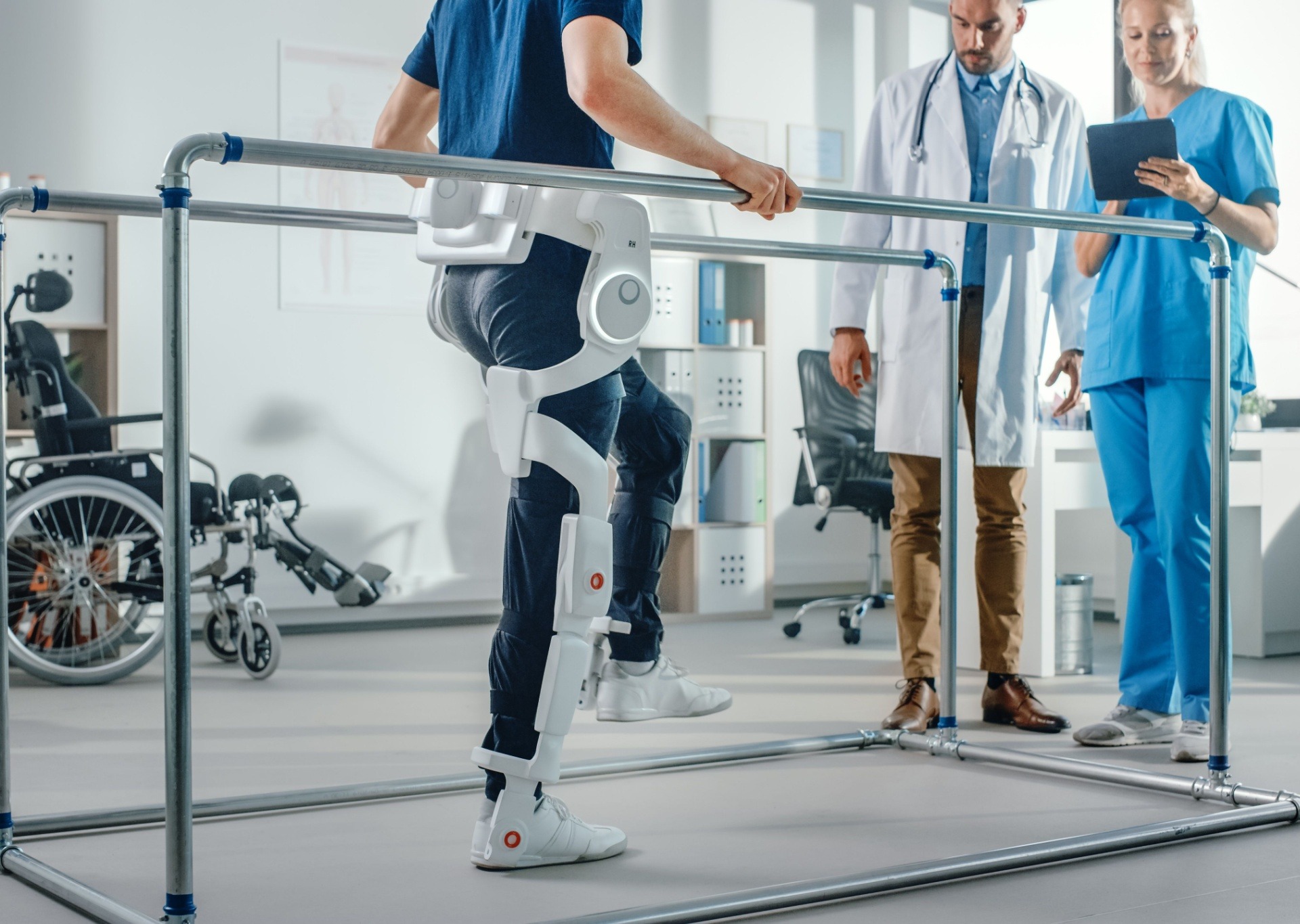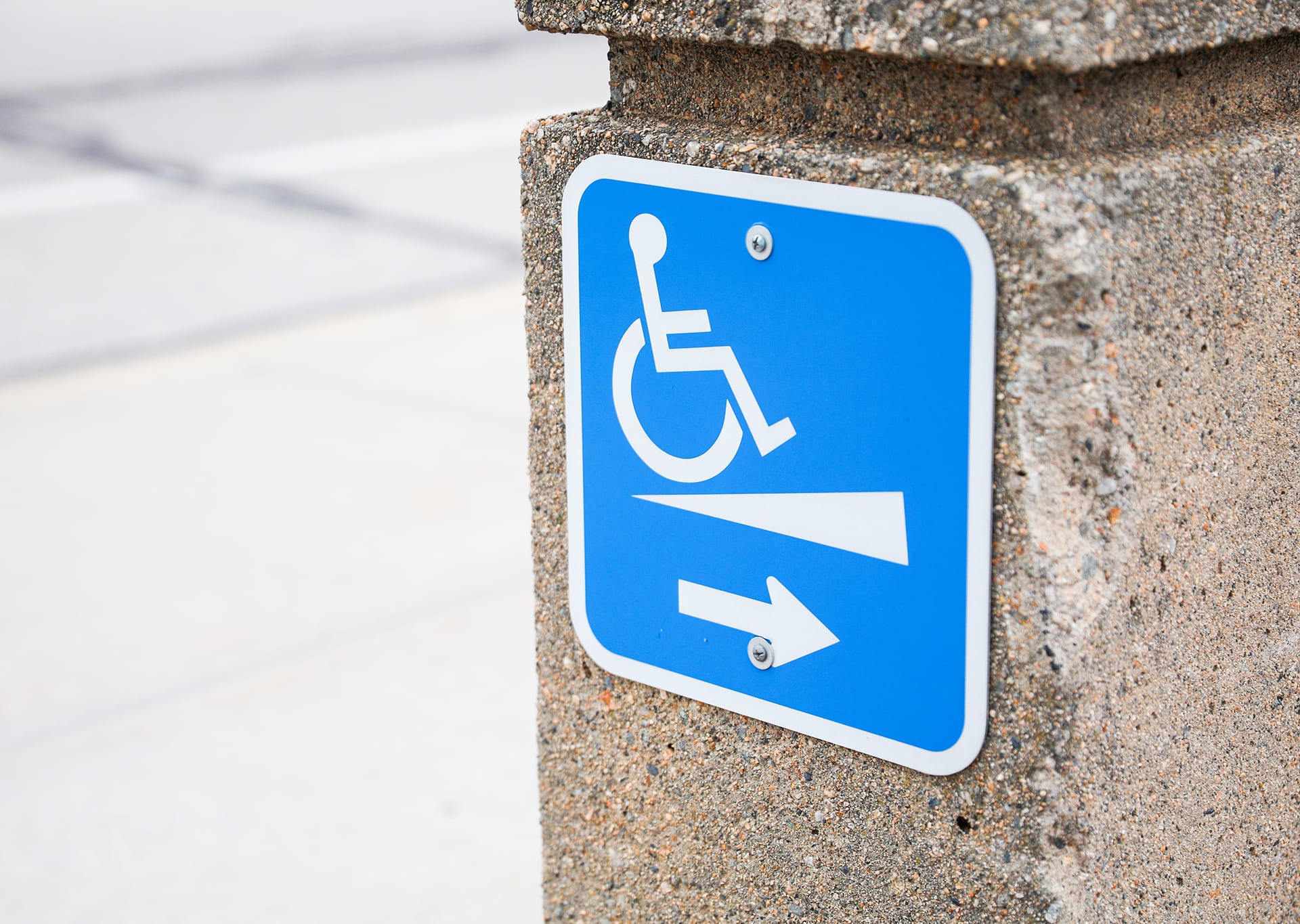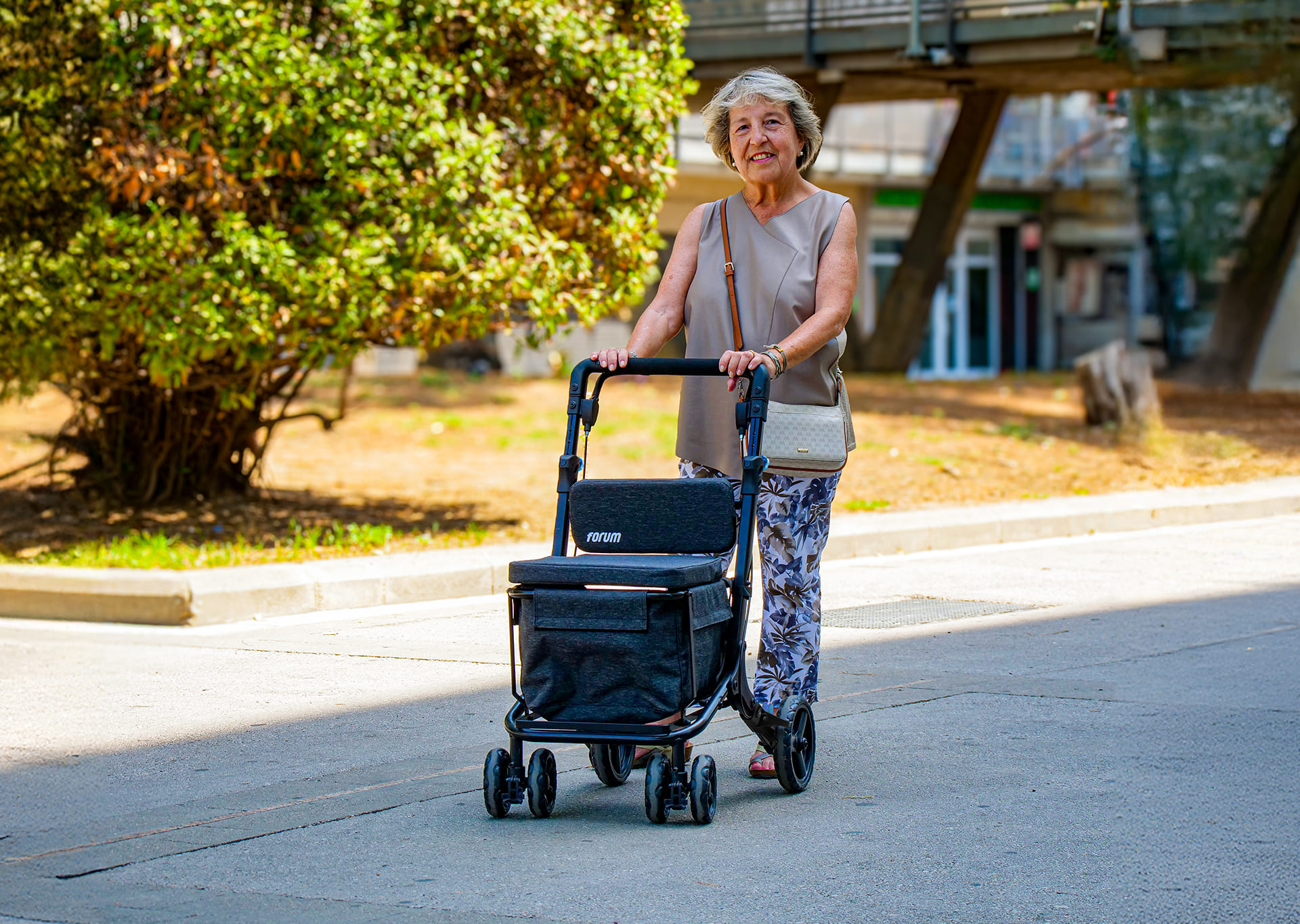
Most surprising inventions to improve mobility for the elderly
Did you know that modern technology has revolutionized the way seniors maintain their independence?
Aging can bring certain mobility challenges, but that doesn’t mean seniors should give up their independence. Thanks to technological innovation, there are more and more devices designed to improve the safety, autonomy, and quality of life of those with physical limitations.
From smart canes and exoskeletons to state-of-the-art motorized chairs and artificial intelligence assistance, these advances allow older adults to get around with greater ease and confidence. In this article, we explore some of the most surprising inventions that are revolutionizing mobility for seniors.
Wearable Technology: Smart Canes and Exoskeletons
Smart canes have evolved far beyond their traditional function. They now incorporate advanced technology to offer additional safety and stability. Some of its most innovative features include:
- Integrated LED lights, ideal for walking in low-light conditions.
- Pressure sensors, which detect gait irregularities and warn of potential fall risks.
- GPS systems, which allow the user to be located in an emergency, which is especially useful for people with memory problems or diseases such as Alzheimer’s.
Motorized aids and home adaptations
For those who need more support with daily mobility, motorized wheelchairs and electric scooters represent an efficient solution. These devices have improved significantly in recent years, incorporating:
- Lighter and more powerful motors, with longer-lasting batteries.
- Mobile app controls, making them easier to use and customize.
- Foldable and portable designs, ideal for travel and long commutes.
These innovations allow older adults to move more freely both inside and outside the home, promoting independence and participation in social activities.
Regarding home adaptations, technology has facilitated the installation of solutions such as:
- Stair lifts, a safe option for those who have difficulty going up and down steps.
- Adjustable beds, which allow height and inclination adjustments to facilitate sitting and improve the quality of rest.
- Motion sensors and voice assistants, which automate lights and appliances to avoid unnecessary movements.
These solutions not only provide comfort but also reduce the risk of accidents in the home, allowing seniors to live more safely and independently.
Smart Footwear and Artificial Intelligence Assistance
Another of the most innovative advances in mobility is smart footwear. This type of shoe incorporates sensors and vibrations to help seniors maintain balance and improve their posture. Some of its most notable features are:
- Imbalance Alert, detecting changes in gait that could lead to a fall.
- Assisted Navigation System, with vibrations that indicate the right direction for people with visual impairments.
- Integrated Geolocation, which allows the user’s location to be tracked in real time, providing peace of mind to family members and caregivers.
The Future of Mobility for Seniors
As the population ages and technology advances, we inevitably wonder what the future of mobility will look like for seniors. Aging is no longer perceived solely as a period of limitations, but as a phase in which quality of life can be maintained and even improved with appropriate support.
Technological innovation will continue to play a key role in creating solutions that allow older adults to move with greater autonomy and safety. Beyond current devices and tools, the real challenge lies in making these technologies accessible to all, adapting to different needs and realities.
The future of mobility in old age depends not only on technology, but also on society as a whole. It will be essential to foster more inclusive environments, where mobility is not seen as an obstacle, but as an opportunity to continue enjoying life with independence and dignity.
Conclusion
Technological advances have opened up a world of possibilities for older adults to maintain their independence and enjoy more active and safer lives. From portable devices such as smart canes and sensor-enabled shoes to innovations in exoskeletons and elevating platforms, technology continues to evolve to offer increasingly accessible solutions.
These inventions not only facilitate mobility but also contribute to the emotional and social well-being of older adults, allowing them to participate in more activities and maintain an independent lifestyle.
The combination of innovation and accessibility is redefining the concept of aging, demonstrating that independence has no age and that technology can be a great ally at all stages of life.








